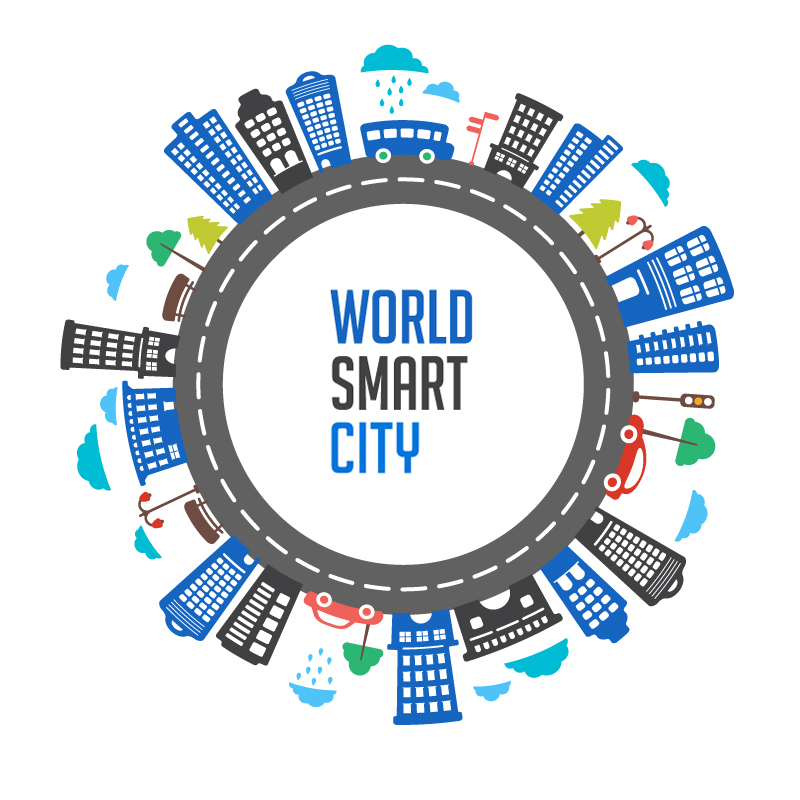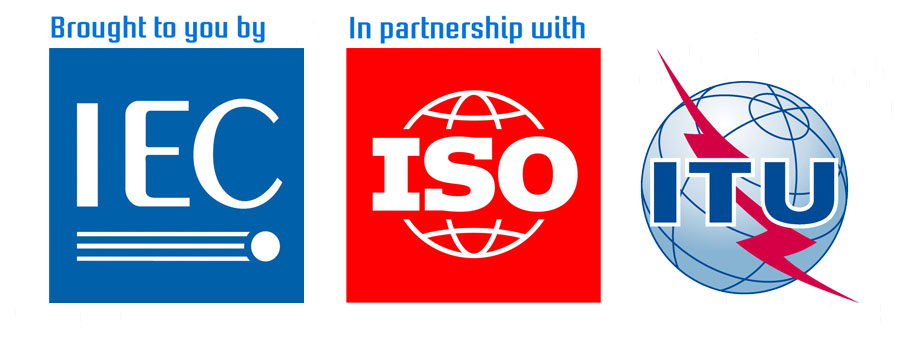IoT to make buildings and cities “smarter”
The Internet of Things is emerging as a main driver in the development of smart buildings.
As smart commercial buildings become incorporated into the wider energy control networks of smart cities and linked to other aspects such as transport, water and air quality, the increasing intelligence and automation of buildings will play a key role in the smart cities of the future.
Growing urbanization to drive smart cities’ expansion
During the next decade the number of smart cities around the world is forecast to rise substantially, driven by the growing trend of urbanization as migration from rural areas accelerates. China and India alone are planning hundreds of smart city pilot projects. However, not all of these will materialize, and Europe and North America will probably still account for about half of the planet’s smart cities. Estimates by industry analysts predict that the global smart city market will be worth around USD 1 200 billion in 2019.
IEC to play central role in fast-growing market
The IEC Standardization Management Board (SMB) set up a Systems Evaluation Group (SEG 1) on Smart Cities in 2013. Its work focuses on identifying the various electrotechnical systems used in these cities, with the aim of integrating and optimizing them.
Electricity and electronics are indispensable for the operation of the myriad interconnected services in smart buildings and the development of future smart building technology. Standardization is a fundamental principle here. The IEC creates and develops International Standards with an emphasis on safety and interoperability among the broad range of systems, equipment and applications used in the construction and maintenance of smart buildings.
Smart buildings and infrastructure combined are expected to account for more than 30% of the overall smart city market, according to Research and Markets, a Dublin-based business intelligence firm.
Many of the technological advances that promote efficiency and offer solutions to the challenges posed by increasing urbanization, such as water shortages, power deficits, pollution and inadequate waste water and sewage treatment capacity, are also driving the growth of the smart commercial buildings market.
Saving energy
Energy efficiency and sustainability are major features of a smart building. Buildings on average consume about 30% of the world’s energy, and savings of up to a quarter of costs could be achieved by using advanced building management systems and analytics to optimize performance in areas such as ventilation, temperature, lighting and air quality.
Technological innovations in improving energy consumption, water usage and indoor air quality, as well as access to better data about how efficiently commercial buildings are run, can increase operational efficiency, limit costs and cut consumption of resources for owners and operators. However, the high cost of initial investment versus perceived value is still a concern affecting adoption rates.
Heating, ventilation and air conditioning (HVAC) systems are intended to detect automatically and respond intelligently to variables such as weather conditions, time of day and occupancy of the building, with the help of sensors and other data gathering equipment. For example, HVAC systems in smart buildings should be able to switch off lights automatically in areas where there are no occupants, or adjust the temperature according to weather conditions and the number of occupants in a room.
Other elements of a smart building include sensors for detecting motion, noise, moisture, temperature, humidity, fire and smoke, carbon dioxide and hazardous gas; integration with city wide water recycling systems and pneumatic waste disposal systems; remote surveillance, security and access control systems; and data infrastructure.
These complex and multiple interconnected systems need to communicate and coordinate with one another for buildings to work efficiently. Connectivity is ensured through the provision of a combination of wireless, fibre and mobile networks; Distributed Antenna Systems (DAS) can extend wireless and mobile network coverage with additional antenna nodes.
Many IEC Technical Committees (TCs) and Subcommittees (SCs) coordinate on the development of International Standards for smart buildings.
Internet of Things as building block of Smart Buildings
The technology which forms the foundation of today’s smart buildings is known as the Internet of Things (IoT). The IoT is a global network used to interconnect embedded objects or devices such as sensors and mobile devices which are able to communicate and to generate and share data with one another.
In smart commercial buildings, the IoT will enhance the capability of Building Energy Management Systems (BEMS) to optimize energy use. In addition, Building Management Systems (BMS) involve the convergence of traditional and new hardware, software and services to improve the control and automation of building systems and manual procedures. The connectivity provided by the IoT and the ability to integrate disparate automated systems and intelligent devices for data acquisition and analytics enable BMS managers to know and anticipate the needs of an interconnected building’s occupants and share this data through internet connectivity. Data could include preferences for lighting, heating and ventilation, as well as other services such as security systems, lifts and escalators, utility meters and water and waste management. This provides commercial as well as environmental benefits in the form of improved operational efficiency, energy savings through targeted supply and faster responsiveness to changing conditions.
By 2020, there will be tens of billions of networked appliances and sensors worldwide. More than eight million BMS will be integrated with some form of IoT platform, application or service by 2020, making them part of a wider and integrated sensing and control network, according to a June 2015 report by ABI Research, an international technology intelligence company.
This post is based on an IEC e-tech article by Peter Feuilherade, which was first published in September 2015. Read full article here.


